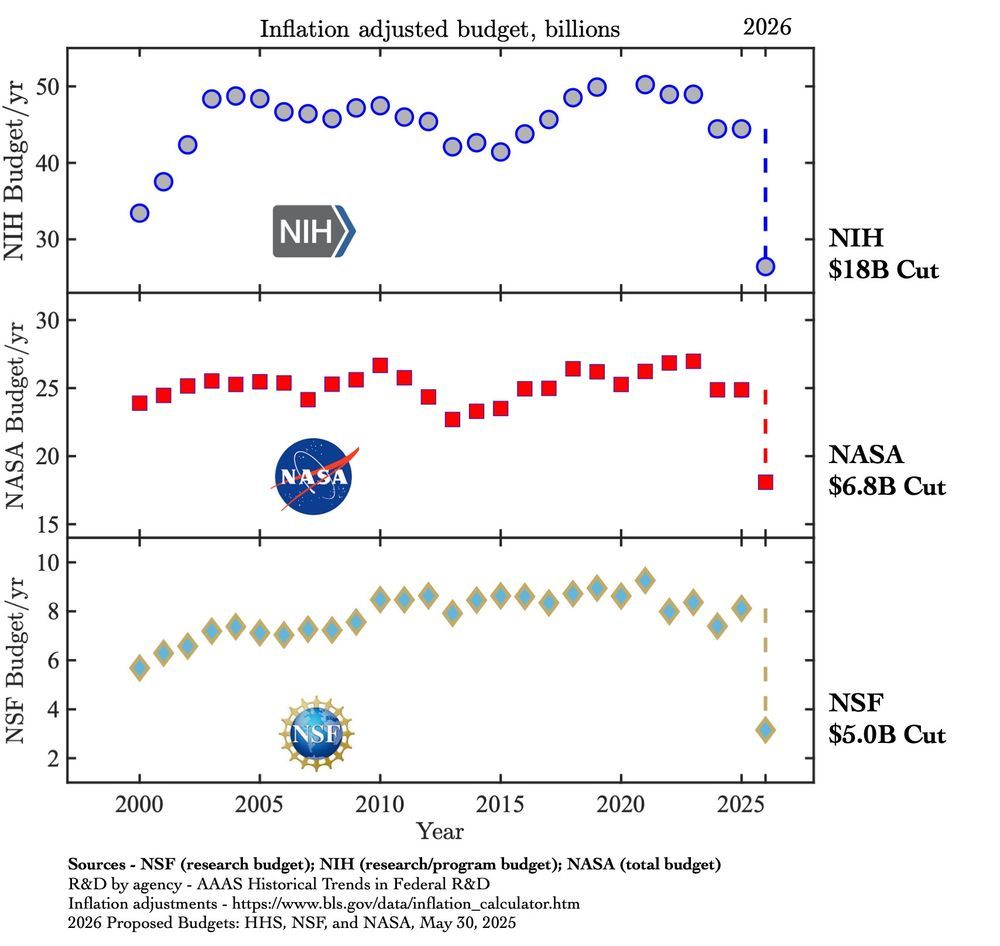





Old professors like me will be able to survive these cuts, but our young scientists and our future will be destroyed.

Old professors like me will be able to survive these cuts, but our young scientists and our future will be destroyed.
www.cdc.gov/fluview/surv...

www.cdc.gov/fluview/surv...











